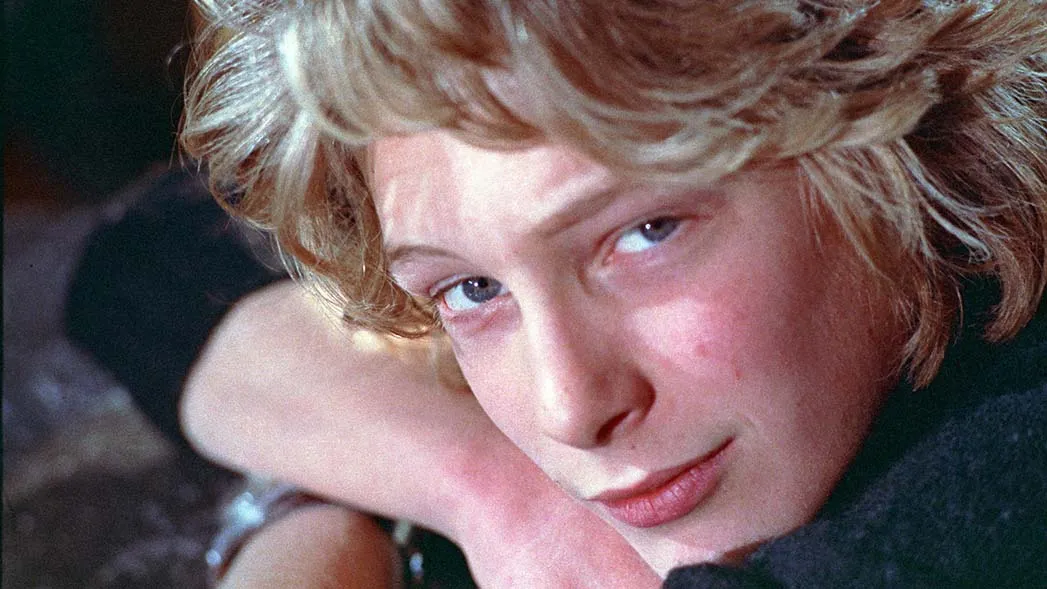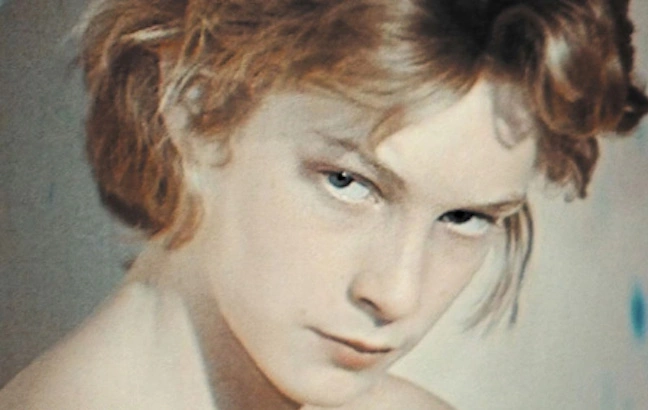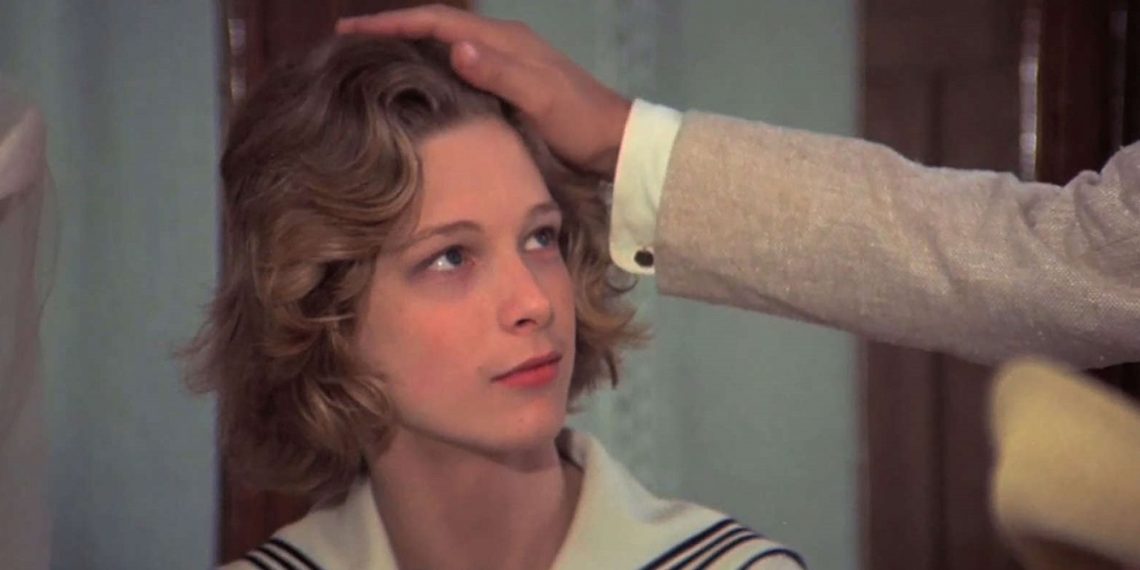The documentary The Most Beautiful Boy in the World is a profound exploration of youth, fame, and beauty through the eyes of a boy who captured the world’s attention at an early age. This Swedish documentary takes the audience on a deeply personal journey, revealing the complexities behind the image of an innocent, angelic face that became synonymous with beauty. It examines the price of fame and the often-ignored emotional and psychological toll it takes on a person’s life.
Björn Andrésen, who became a sensation after his role in Luchino Visconti’s 1971 film Death in Venice, is at the heart of this poignant documentary. His stunning looks led him to be hailed as “the most beautiful boy in the world,” but this title was not a blessing. Instead, it marked the beginning of a lifelong struggle with identity, exploitation, and the emotional scars that followed him throughout his life. The documentary blends archival footage, intimate interviews, and stunning cinematography to reflect on the price of beauty and the hidden emotional consequences that often come with fame.
While the title might imply a lighthearted exploration of beauty, the film’s tone is anything but superficial. It goes beyond skin-deep aesthetics and explores the human costs of society’s obsession with appearance. The focus is not only on Andrésen’s meteoric rise to fame but also on his life afterward—a life where beauty and fame are both a blessing and a curse.

The Rise to Fame: A Beautiful Yet Fleeting Moment
In 1971, Björn Andrésen’s life was forever changed. At just 15 years old, he was cast as Tadzio in Death in Venice, the film adaptation of Thomas Mann’s novel. The film, directed by the legendary Luchino Visconti, quickly became known for Andrésen’s portrayal of the beautiful, ethereal boy, whose beauty mesmerized not only the lead character, played by Dirk Bogarde, but audiences worldwide.
Andrésen’s delicate, angelic features, combined with his ability to convey both innocence and a profound depth of emotion, made him the perfect candidate for the role. His appearance in the film was iconic—his porcelain skin, golden hair, and intense gaze earned him the title of “the most beautiful boy in the world.” At the time, this was a title many would envy, but for Andrésen, it marked the beginning of a journey filled with public scrutiny and the personal consequences of being viewed as nothing more than a beautiful object.
While Death in Venice was lauded for its visual poetry and Andrésen’s stunning performance, the fame that followed quickly became overwhelming. As the years passed, Andrésen struggled to escape the shadow of his youthful beauty and the way society had pigeonhole him as just a pretty face.
The Struggles of Identity and Fame
The documentary captures Andrésen’s personal reflections on what it was like to be thrust into the limelight at such a young age. Growing up, he faced a society obsessed with appearances, where his identity was tied to his looks rather than his talent, personality, or individuality. His life post-Death in Venice was filled with challenges that most people never have to confront—dealing with the constant public perception of him as nothing more than a beautiful object.
Despite his early success, Andrésen struggled to find stable work in the film industry. The public’s demand for him to maintain the same youthful appearance added pressure. He often expressed frustration over the fact that people only remembered him for his looks and not for the person he had become. This imbalance—between how he was seen and how he truly was—became a defining struggle of his life.
Andrésen’s struggles with self-worth were exacerbated by his childhood experiences, which the documentary explores in depth. He opens up about the abuse he endured and how it shaped his views on beauty, sexuality, and his own body. The intersection of these formative experiences and his fame created an emotional and psychological burden that he carried for much of his adult life.

Exploring the Cost of Beauty
What sets The Most Beautiful Boy in the World apart from other documentaries about fame and beauty is its deep exploration of the cost that beauty can impose on an individual. Andrésen’s story is a reflection of a society that often values physical appearance over substance. While his looks opened many doors for him professionally, they also brought an overwhelming amount of attention, which was not always positive.
The film examines how beauty, especially when it is viewed as a commodity, can strip away a person’s sense of self. Andrésen shares his discomfort with the label that followed him throughout his career and how it haunted him during his adult life. In one poignant interview, he reflects on the way people’s obsession with his image led him to feel isolated, despite the public adoration he received.
The documentary also touches on the darker side of fame. Andrésen’s relationships with directors, agents, and others in the industry were often strained, with many people treating him as little more than a marketable product. He was put in situations where his worth was reduced to his appearance, and his emotional needs were often neglected.
The Documentary’s Impact and Timeliness
The Most Beautiful Boy in the World is timely in its exploration of the damaging effects of beauty standards and the public’s obsession with youth. As society continues to grapple with the impacts of social media and the relentless pressure to conform to unrealistic standards of beauty, Andrésen’s story serves as a reminder of the human side of these issues.
The documentary is not just about the fleeting nature of fame, but also about the enduring human desire for identity and purpose. It’s a story about how beauty, while often celebrated, can be both a gift and a curse. Andrésen’s reflections offer a powerful commentary on how individuals can lose themselves in the pursuit of external validation, and how it can be not easy to reconcile who they are with how others see them.

The film also shines a light on the way the industry, especially the entertainment world, often exploits young talent without regard for their well-being. By showcasing Andrésen’s personal struggles alongside his fame, the documentary sheds light on the emotional and psychological toll that comes with being viewed as a mere image rather than a whole person.
Final Thoughts: The Price of Beauty
The Most Beautiful Boy in the World is a haunting and thought-provoking documentary that challenges the traditional notions of fame, beauty, and identity. Through Björn Andrésen’s life and his reflections on his experiences, the film provides a nuanced perspective on the challenges faced by those thrust into the spotlight at a young age.
At its core, the documentary is about much more than just a beautiful boy who fascinated the world’s attention. It’s a story about the human cost of fame, the difficulties of living up to external expectations, and the emotional toll that beauty can exact on a person’s sense of self.
Ultimately, The Most Beautiful Boy in the World is a reminder that behind every image, there is a person with complex emotions, struggles, and desires. The film’s exploration of Björn Andrésen’s life is a powerful commentary on society’s fixation with beauty and the often-overlooked consequences it can have on an individual’s mental and emotional health.
[Updated: 04/20/2025]




